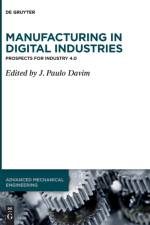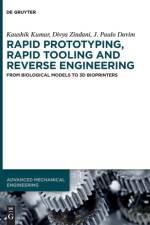- Progress and Current Trends
2 204
Metal cutting is a science and technology of great interest for several important industries, such as automotive, aeronautics, aerospace, moulds and dies, biomedicine, etc. Metal cutting is a manufacturing process in which parts are shaped by removal of unwanted material. The interest for this topic increased over the last twenty years, with rapid advances in materials science, automation and control, and computers technology. The present volume aims to provide research developments in metal cutting for modern industry. This volume can be used by students, academics, researchers, and engineering professionals in mechanical, manufacturing, and materials industries. THE SERIES: ADVANCED MECHANICAL ENGINEERING Currently, it is possible to defi ne mechanical engineering as the branch of engineering that ¿involves the application of principles of physics and engineering for the design, manufacturing, automation and maintenance of mechanical systems¿. Mechanical Engineering is closely related to a number of other engineering disciplines. This series fosters information exchange and discussion on all aspects of mechanical engineering with a special emphasis on research and development from a number of perspectives including (but not limited to) materials and manufacturing processes, machining and machine tools, tribology and surface engineering, structural mechanics, applied and computational mechanics, mechanical design, mechatronics and robotics, fluid mechanics and heat transfer, renewable energies, biomechanics, nanoengineering and nanomechanics. In addition, the series covers the full range of sustainability aspects related with mechanical engineering. Advanced Mechanical Engineering is an essential reference for students, academics, researchers, materials, mechanical and manufacturing engineers and professionals in mechanical engineering.






